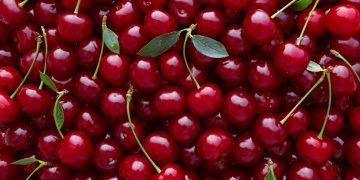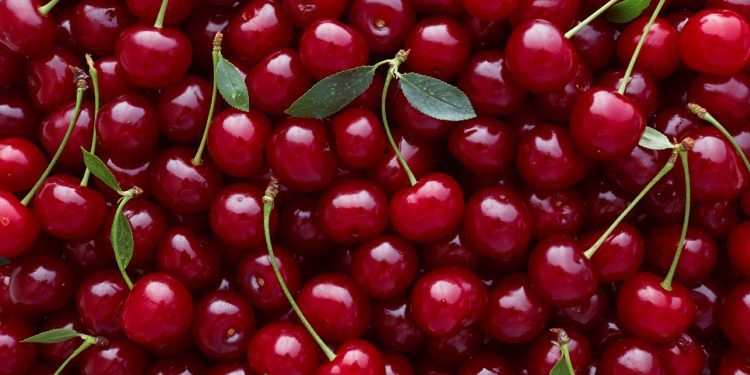The cherry harvest season has begun in Aragon, Spain, marking a time of cautious optimism for farmers and fruit growers. With around 50,000 tonnes of cherries harvested last season, hopes were high for another successful year. However, the reality of a 30% reduction in production appears severe due to the adverse effects of high temperatures during flowering.
Javier de Pablo, a renowned fruit grower from Bajo Cinca, shared his views on expected market conditions. Despite the expected decline in cherry yields, de Pablo remains hopeful that fruit quality will improve. He predicts that reduced supply in the market could lead to higher prices for farmers. Initial estimates suggest that cherry prices could start at €8-10 per kilogram in late April and early May, gradually falling to €4-5 per kilogram by the end of the month before falling to €2 per kilogram by the end of the month. Maybe.
Currently, the focus of cherry harvesting is on greenhouse-grown cherries that are not exposed to high temperatures during the critical flowering stage. Farmers are hoping for favorable weather conditions in the coming days to facilitate a successful harvest. However, concerns remain about potential frost damage, highlighting the unpredictable nature of agricultural activity.
Aragon remains the leader in cherry production in Spain, providing more than 40% of national production. With approximately 13,250 hectares devoted to cherry cultivation, regions such as Bajo Cinca, Valdeilón, Bajo Aragón Caspe and Cinca Medio continue to play a significant role in supporting the cherry industry.
Despite a predicted 30% decline in Aragon’s cherry production, farmers and fruit growers remain optimistic about the upcoming harvest season. While challenges such as unfavorable weather conditions remain, there is optimism that fruit quality and market prices can improve. As the cherry harvest progresses, stakeholders remain resilient, demonstrating the resilience and adaptability inherent in agricultural communities.































